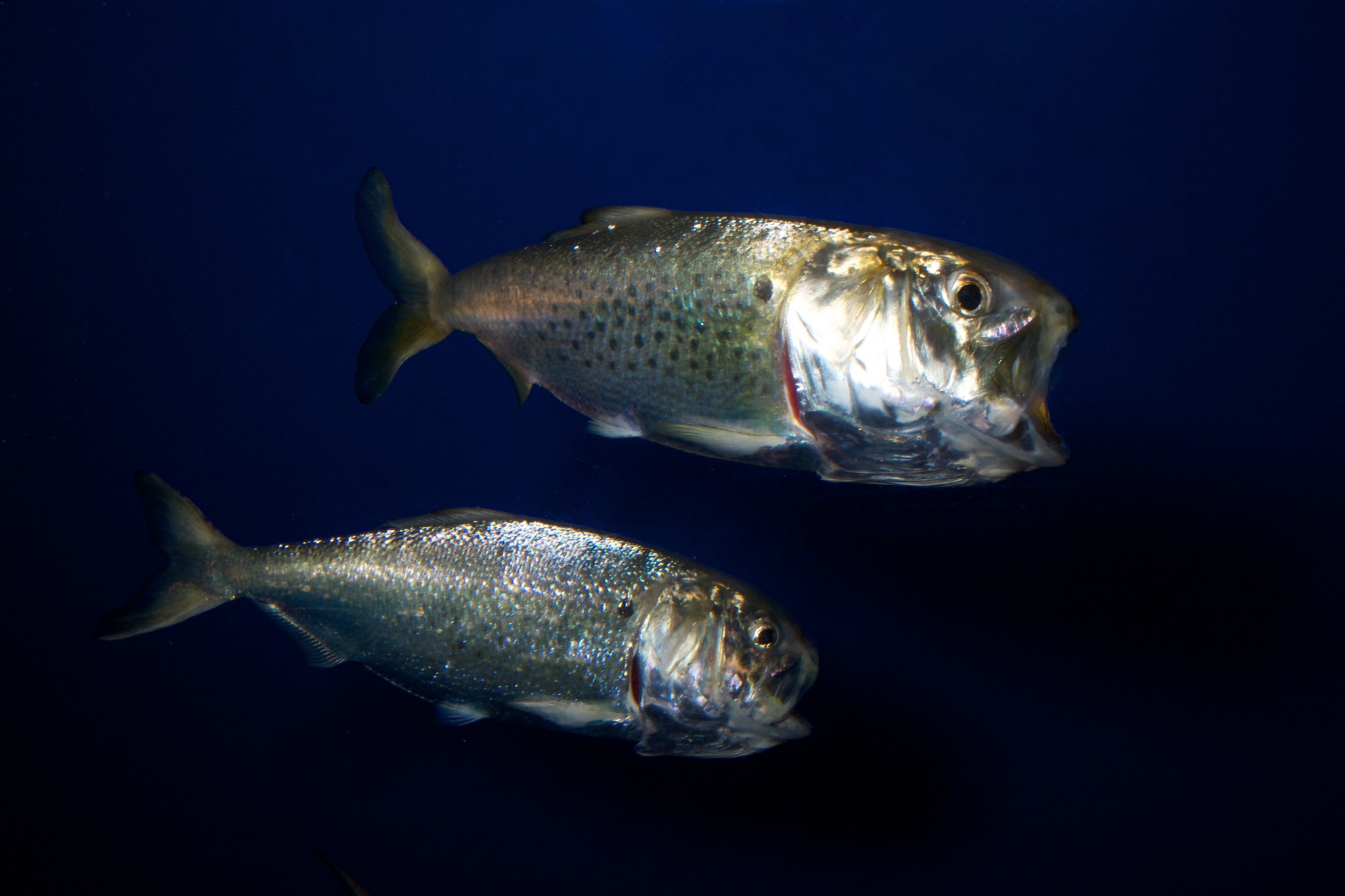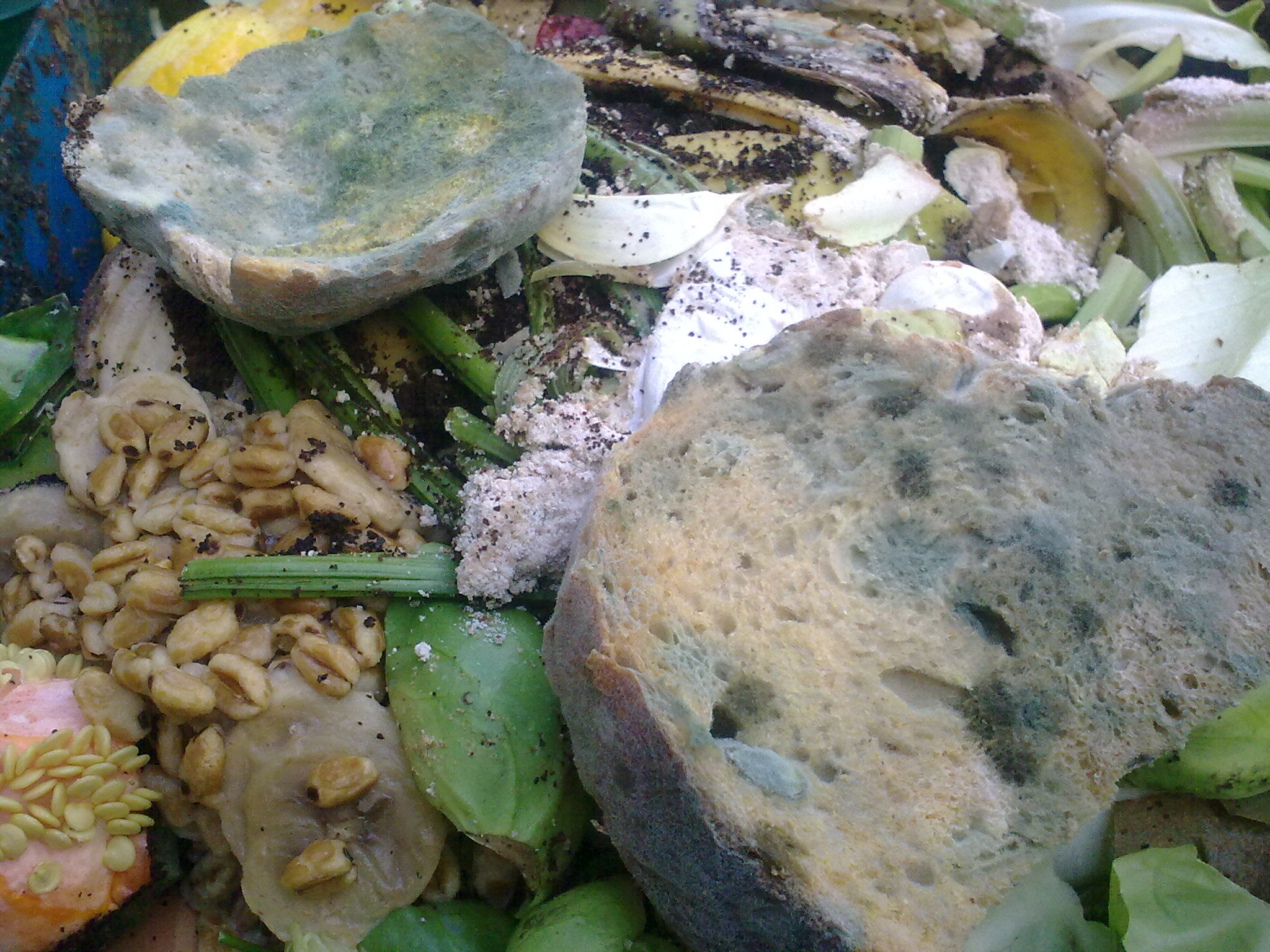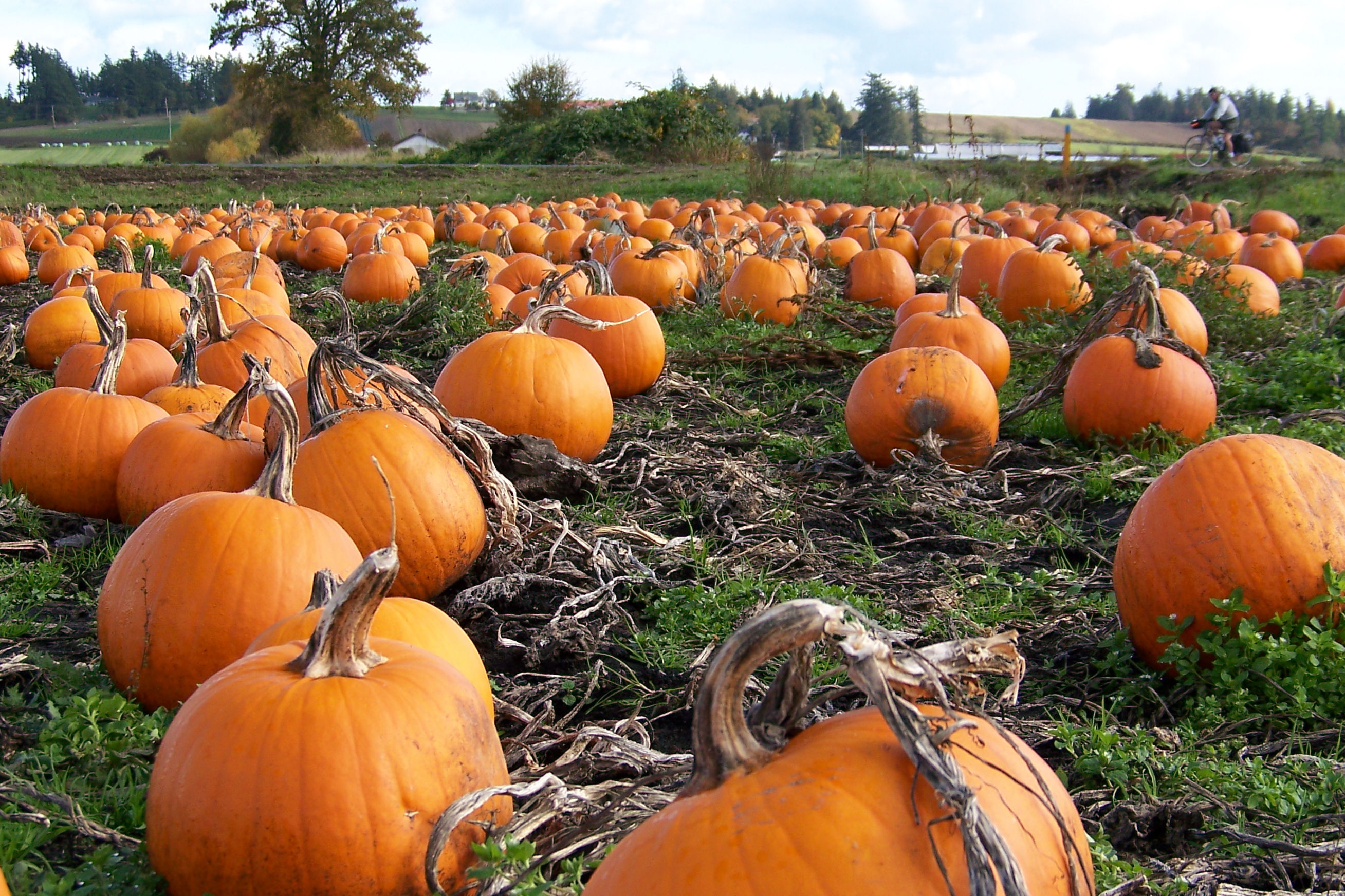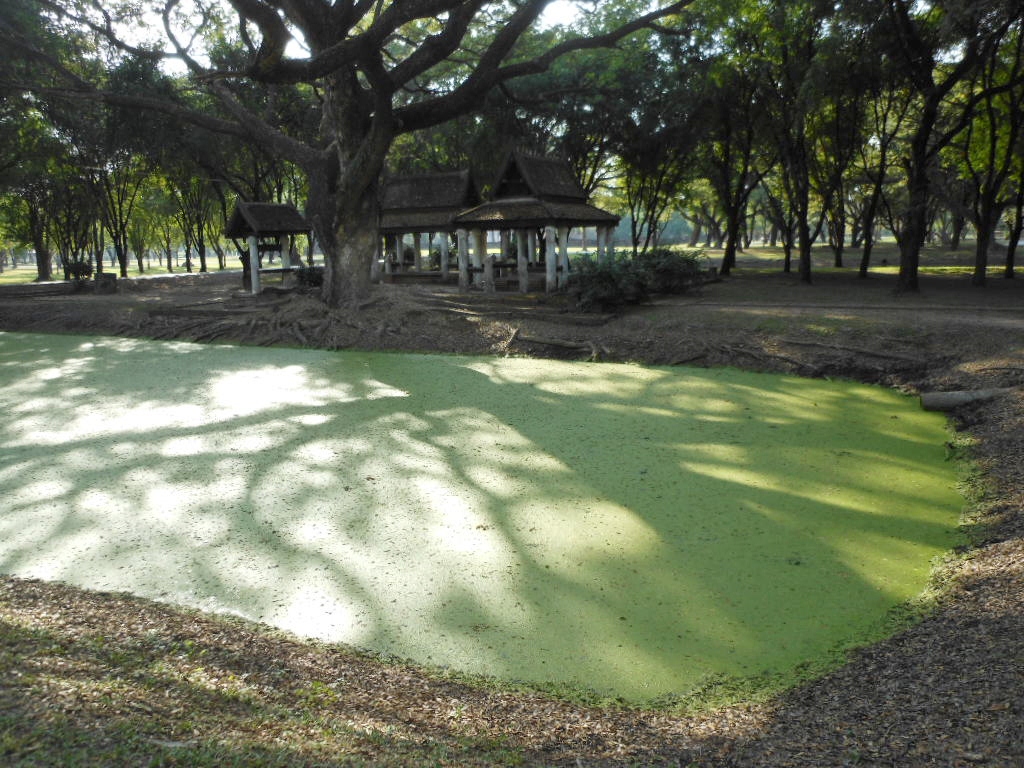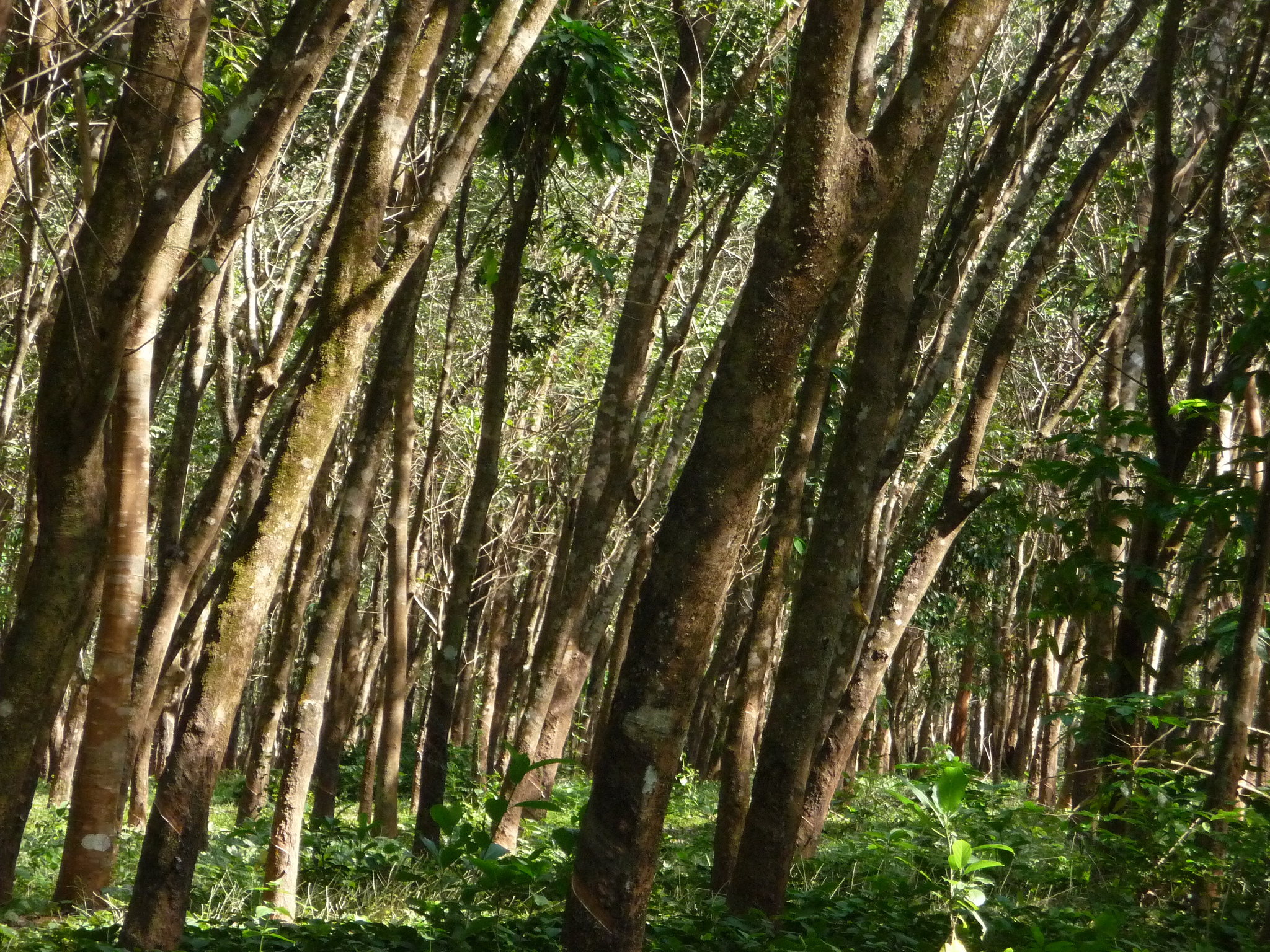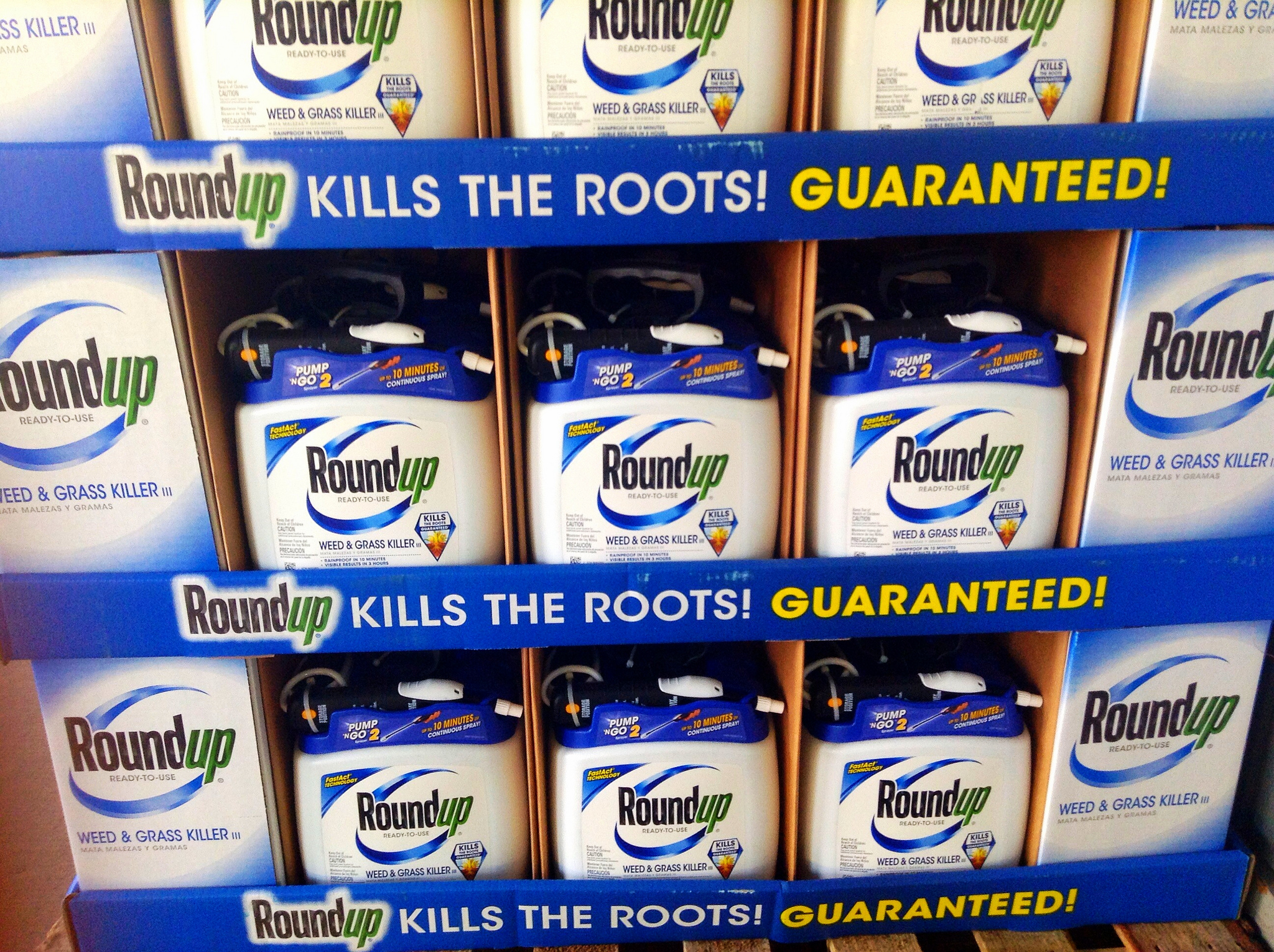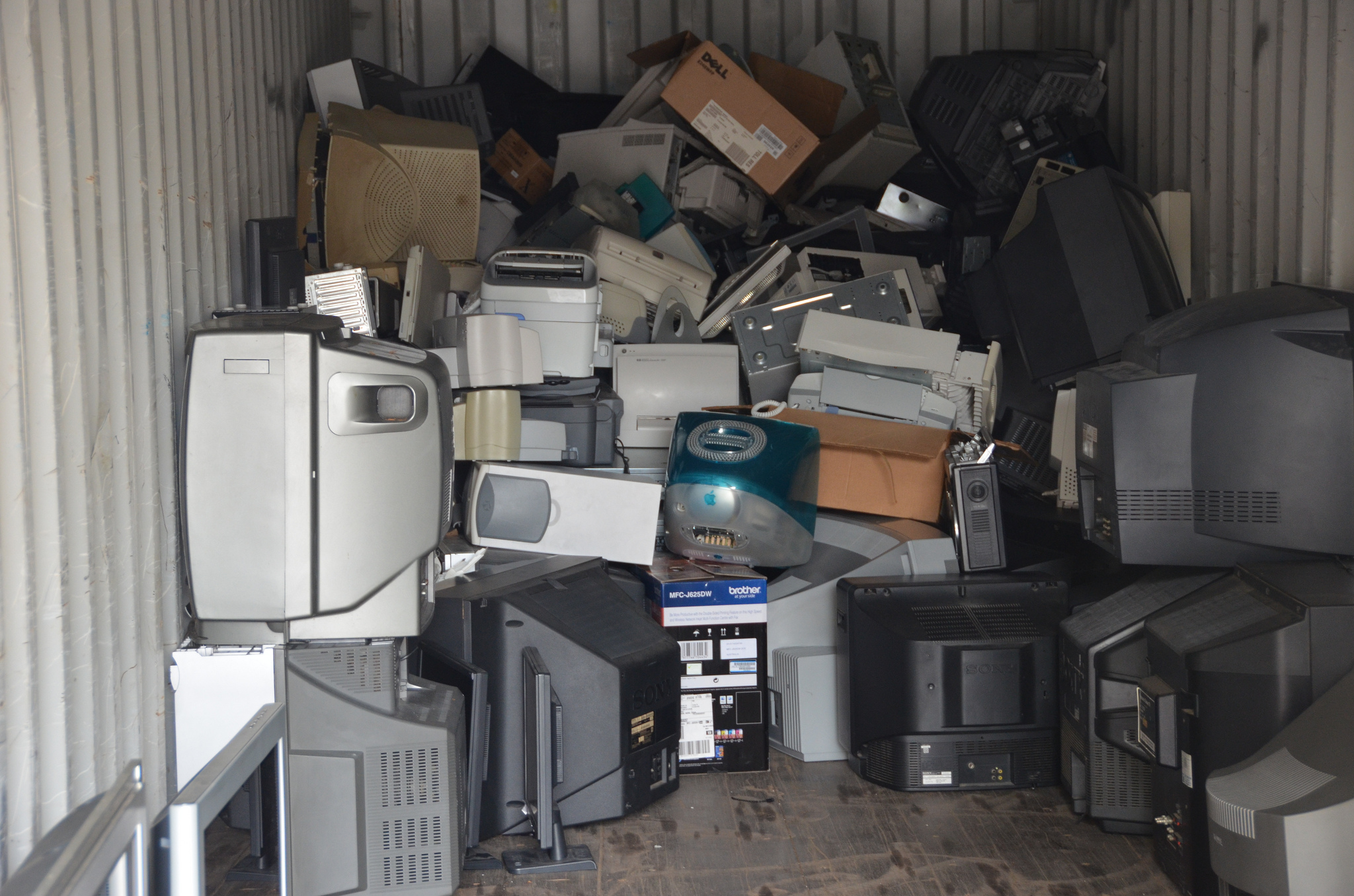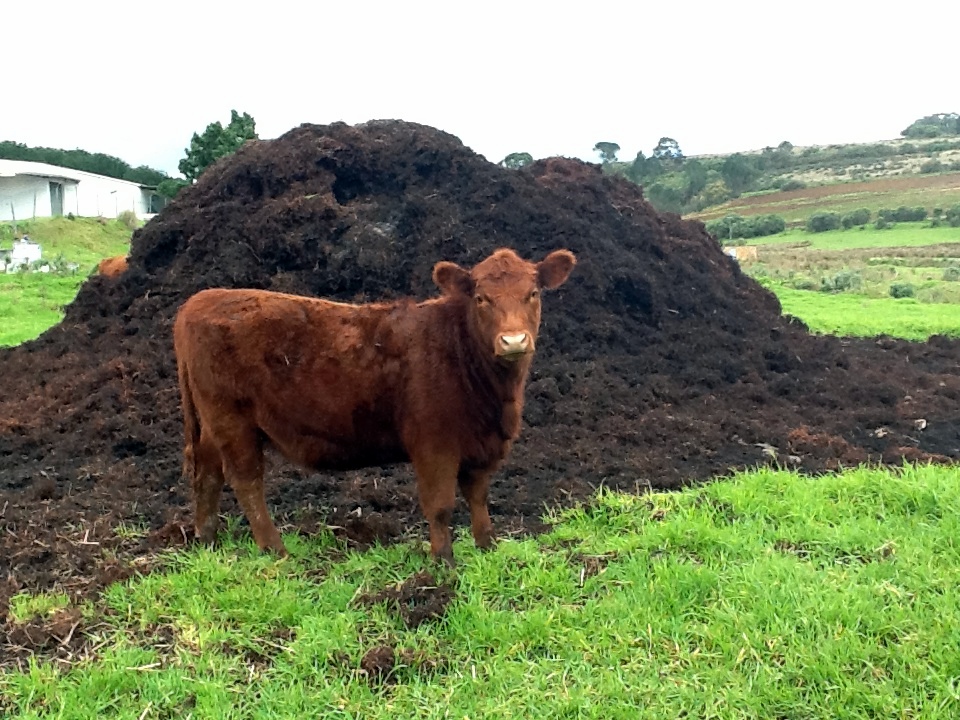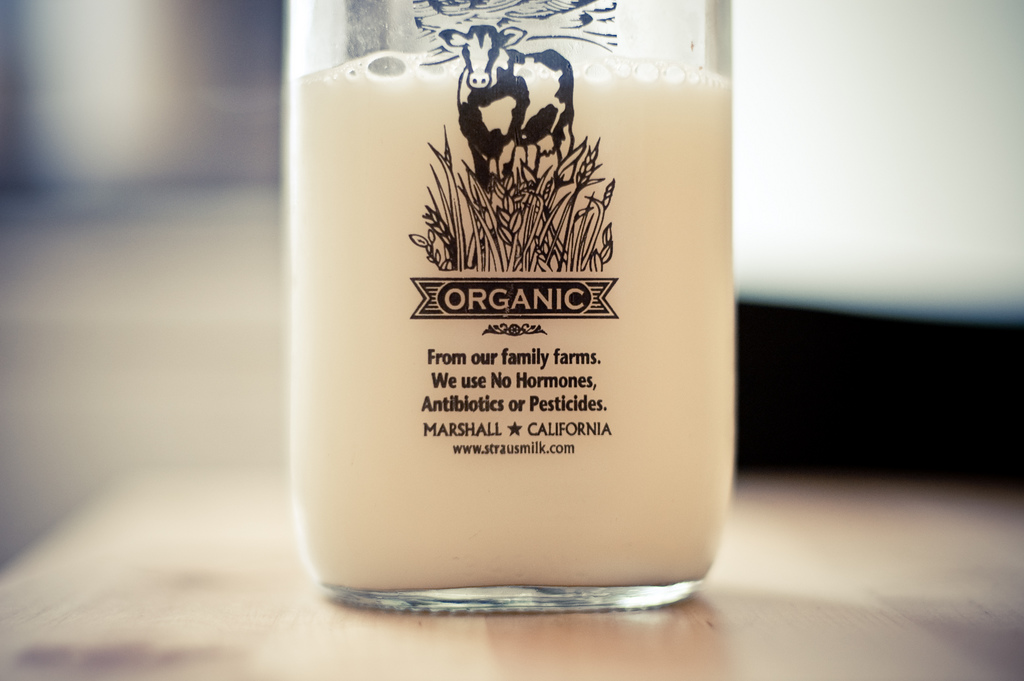Agriculture
Trouble For Sardines
In the 1950s, there was a huge collapse of the West Coast sardine population as a result of intense overfishing that coincided with a natural down-cycle related to cooler water temperatures. That crash resulted in the virtual shutdown of the largest fishery in the Western Hemisphere, closing down the famed Cannery Row in Monterey, California.
To Bee Or Not To Bee
No one likes pests: mosquitoes at your barbeque, termites in your basement, caterpillars on your garden vegetables and field crops. During the past 70 years, the chemical industry has developed an arsenal of chemicals designed to eliminate pests.
Useful Byproducts From Coffee Roasting
Coffee is the second most valuable commodity in the world after oil. This $100-billion-dollar-a-year industry plays a major role in the global economy. It also has a significant impact on the environment. Processing coffee produces more than 2 billion tons of byproducts annually.
Reducing Food Waste
Wasted food is one of the greatest economic and environmental problems in the world today. According to a United Nations study, one-third of the world’s food winds up spoiled, rotting in fields, or is thrown away. This amounts to 1.3 billion tons of food wasted annually while at the same time nearly 900 million people around the world go hungry every day.
The Biofuel Crop Dilemma
The demand for biofuels continues to grow. Producing fuels from plant matter is considered to be a carbon-neutral way to get energy and is an important part of efforts to move away from fossil fuels.
The Downside Of Nitrogen Fertilizer
Yesterday, we introduced the topic of synthetic nitrogen fertilizer. Anyone with a lawn or a garden is familiar with the product. But prior to the 1950s, it use was not the norm.
Too Much Of A Good Thing
Bags of garden fertilizer are labeled with three numbers, such as 15-4-5. These numbers indicate the percent of nitrogen, phosphorus, and potassium in the product. The remainder of the bag is filler that helps the fertilizer disperse.
Protecting Working Forests
The U.S. has more than 420 million acres of “working” forests, which provide timber for construction, as well as pulp for paper and packaging. Apart from these economic benefits for communities, such forests provide clean air and water and wildlife habitat. Nearly 45 million acres of these forests are at risk of being lost to development.
When Planting Trees Is Bad For Biodiversity
Over the past decade, more than five million acres of forests and farms worldwide have been cleared for agro-industrial rubber plantations. The driver is the growing demand for rubber products – especially tires – which use 70% of the annual rubber production.
[Read more…] about When Planting Trees Is Bad For Biodiversity
